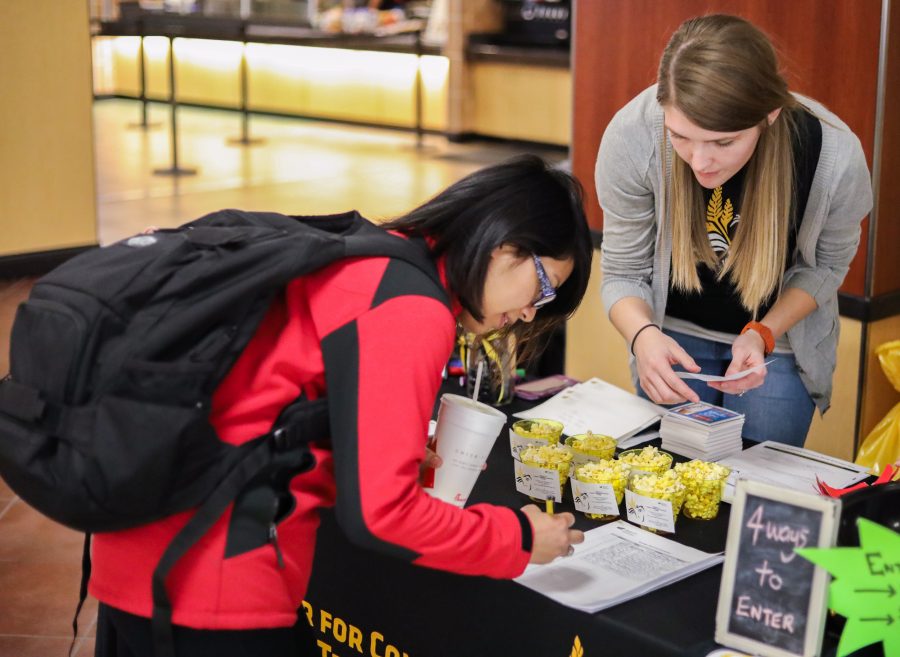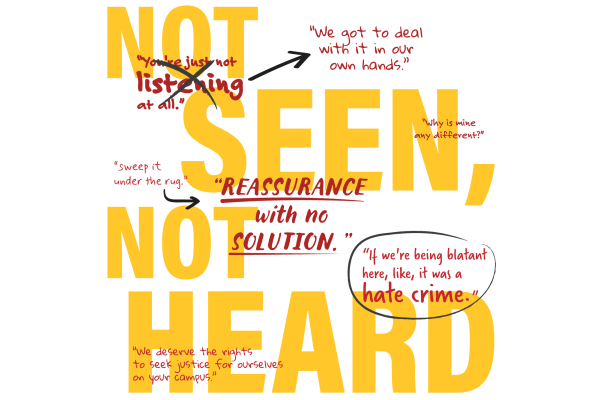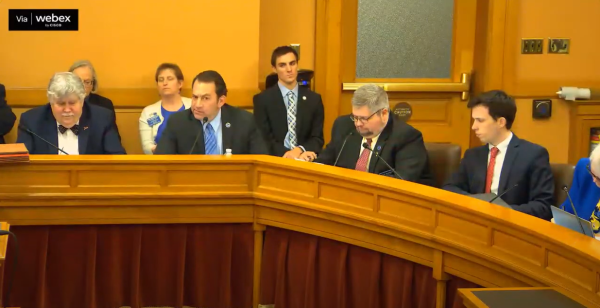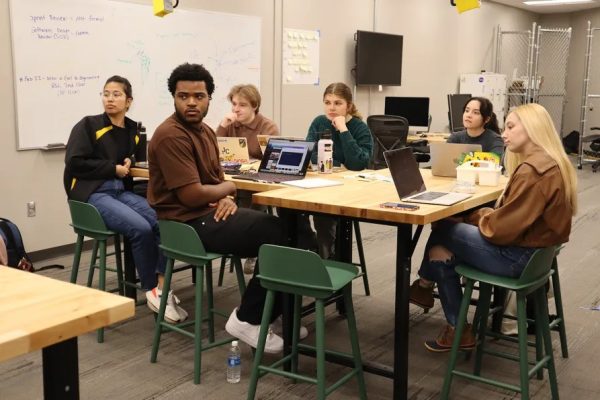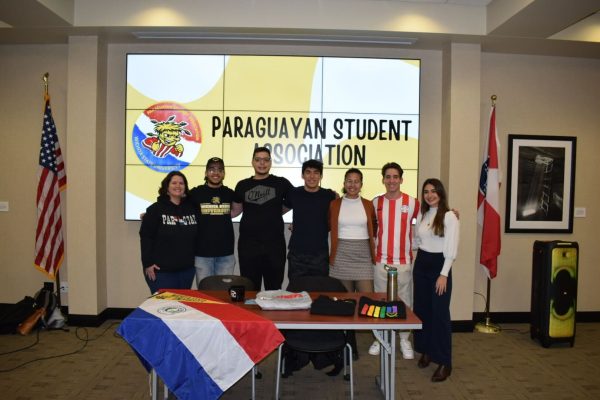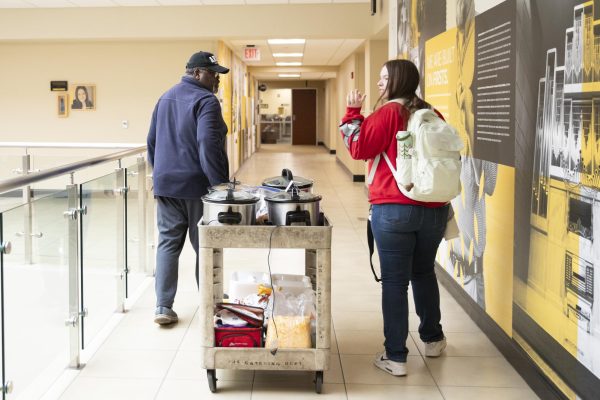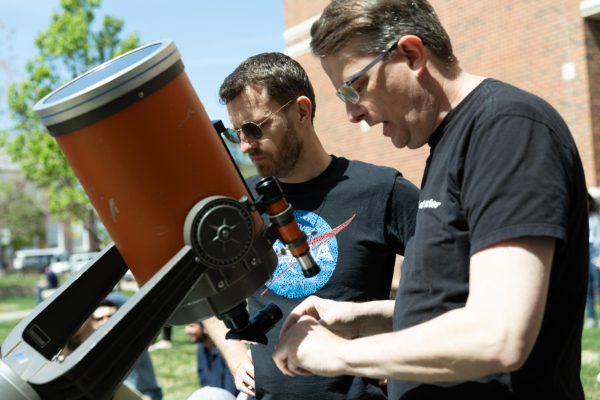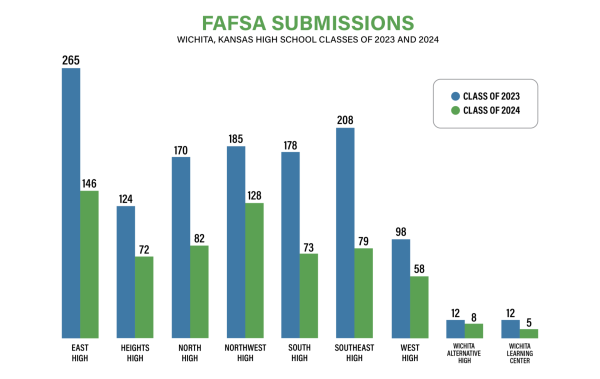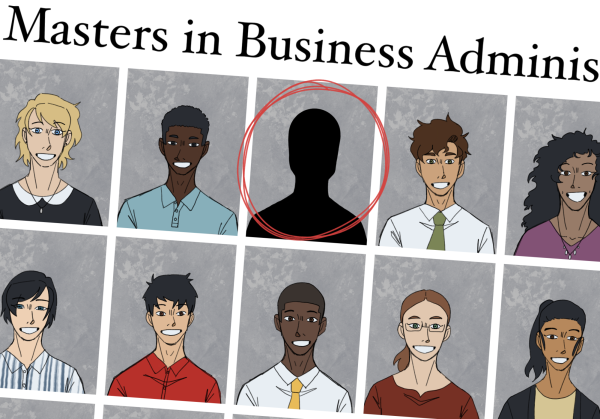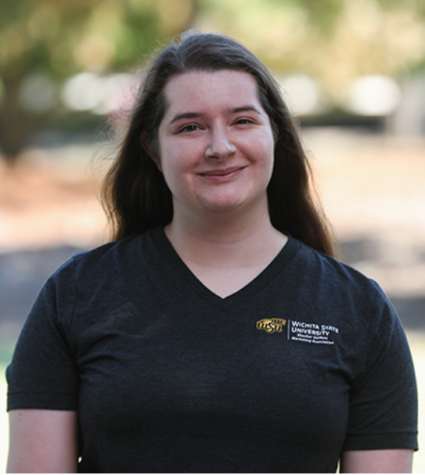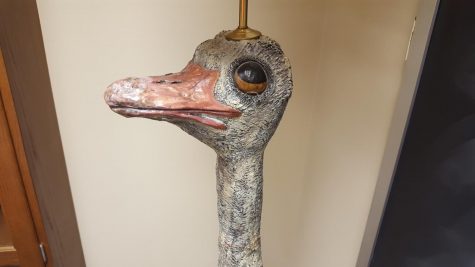‘It takes all of us’ to put an end to human trafficking
Kalynn Cheyney (right) with the Center for Combating Human Trafficking speaks with a Wichita State student (left) during their awareness event in the Rhatigan Student Center. (Jan. 25, 2017)
While anyone can become a victim, pre-teen and adolescent girls are at a higher risk to become victims.
In 2013, Kansas House Bill 2034 passed to increase penalties for traffickers and provide new resources for victims.
These are just a couple of the facts that students scavenged across the Rhatigan Student Center on Wednesday to educate themselves on human trafficking. The event was organized by the Wichita State University Center for Combating Human Trafficking.
Human trafficking is the exploitation of an individual for sex or labor using force, fraud, or coercion. Survivors of trafficking often struggle with the aftermath of trauma long after they are able to escape, if they are able. The Center strives to provide long-term support to survivors to empower them to lead prosperous lives. The Center also supports education training all over the country.
“This is impacting us in Wichita,” said Bailey Patton Brackin, Assistant Director at the Center.
“It’s easy to think of it as someone else’s problem, but it’s happening here,” Patton Brackin said.
Earlier this month, two Salina men were arrested for aggravated human trafficking and sex crimes. This past October, a sting operation resulted in 26 arrests in Kansas and Missouri related to trafficking. The operation recovered 3 Wichita children between the ages of 15 and 17 who were victimized through prostitution.
Obtaining data on the number of victims affected in the Wichita area is difficult.
“There’s a lot of cases that go undocumented,” Teauania Charles, Program Associate. Charles is one of several students who work with the Center.
It’s also challenging to help people understand how to identify potential scenarios of trafficking.
“People want an answer of what trafficking looks like in a specific way, but each case is different,” said Executive Director Dr. Karen Countryman-Roswurm.
She emphasized that workers pay attention to action (was this person transported?), means (was force, fraud, or coercion used?), and purpose (labor or sex) when assessing cases.
“If those elements are present, that’s what trafficking looks like, but that looks 100 different ways,” said Countryman-Roswurm.
The Center is hosting its 3rd Annual Anti-Trafficking Response Conference this Friday. The conference seeks to engage multidisciplinary professionals, civic and faith leaders, and interested community members working to create intentional, long-lasting change. About 230 attendees are expected.
For students who want to evoke change, the first step is to become educated on the issues and self-assess how their skills can be of use.
“It’s about how you identify your role” said Patton Brackin. “Find your strengths and leverage that to make an impact. It takes all of us.”
The second step is to take action.
Students at the Scavenger Hunt displayed statements on what they would do to help end human trafficking. Some of these statements included “listen to those that need help,” “speak out against sexist, racist, ageist, etc. comments,” and “to not be a bystander.”
“Students create a context for the community,” said Countryman-Roswurm. “It’s important that students speak up and create a culture where [trafficking] is not okay.”
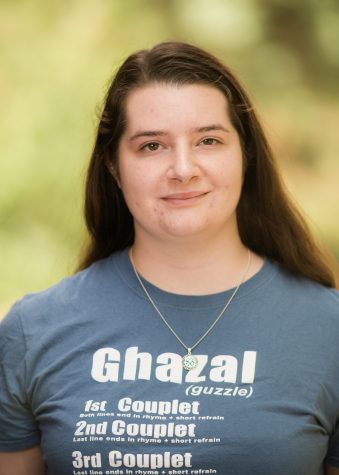
Nicole Byrne was a digital editor for The Sunflower. Despite her better judgment, she developed a crippling addiction to poetry. She self-medicates with...

Matt Crow is the Sports Editor for The Sunflower. Crow is a senior at Wichita State majoring in communications with an emphasis is electronic media. He...




